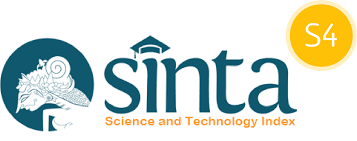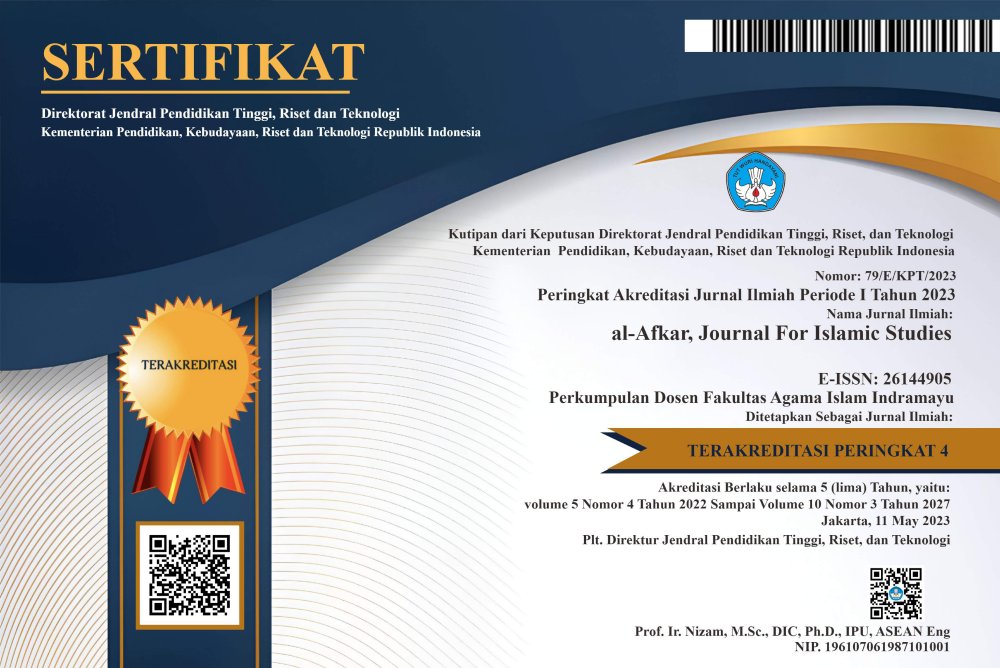Leader Analysis, Leadership, Myths, Attributes and Types of Leaders
DOI:
https://doi.org/10.31943/afkarjournal.v8i1.1308Keywords:
Leadership, Myths, Types of Leaders.Abstract
Leadership can be defined as behavior that has a specific purpose by influencing the activities of members and/or groups in order to achieve common goals that are designed to benefit the individual, group and organization. Leadership is the process of influencing other people both within the organization and outside the organization to take action to realize planned goals. Then there are 3 Leader Myths: DThe Birthright Myth, The For – All – Seasons Myth, The Intensity Myth. There are five attributes of leaders. Types of leaders There are 4 types of leaders.
Downloads
References
Blanchard, K. (1982). Jhonshon, Spencer The One Minute Manager. William Morrow And Company. New York.
Bunaya, & Firman Ashari. (2024). History and Development of the Education Curriculum before the Reformation. Beginner: Journal of Teaching and Education Management, 2(1), 40–50. https://doi.org/10.61166/bgn.v2i1.43
Denhardt, Robert B., Janet V. Denhardt, Maria P. Aristigueta, and Kelly C. Rawlings. 2020. Managing Human Behavior in Public and Nonprofit Organization, 5th ed. New Delhi, Imdia: SAGE publications Asia-Pacific Pte. Ltd.
Dr.Budi Sunarso. (2023). Teori Kepemimpinan. Cv. Madani Berkah Abadi.
Ghufron. (2020). Teori-Teori Kepemimpinan. Fenomena, 19(1), 73–79.
Holilur Rahman, Muhammad Rosul, Muhammad Sofiullah, & Ahmad Muta’ali. (2024). Characteristics and Goals of Entrepreneurship-Based Education. Amandemen: Journal of Learning, Teaching and Educational Studies, 2(2), 79–88. https://doi.org/10.61166/amd.v2i2.46
Husnul Rita Binti Aris, Saedah Binti Siraj, & Zaharah Hussin. (2024). Analyzing the Content of Aqliyyah-Nafsiyyah Categories in Islamic Education at the Secondary Level. Al-Fadlan: Journal of Islamic Education and Teaching, 2(1), 1–24. https://doi.org/10.61166/fadlan.v2i1.47
Maulana, M. H. A. (2021). Kefektifan Pemimpin Transformasional Pesantren Bagi Peningkatan Mutu Lembaga Pendidikan Islam. Islamic Educational Manajemen, 4(1), 16–28.
Nur Adillah Omar. (2024). Understanding the Concept of Rulership According to al-Ghazali in Nasīhat Al-Mulūk and Machiavelli in The Prince: A Comparative Analysis. LECTURES: Journal of Islamic and Education Studies, 3(2), 116–135. https://doi.org/10.58355/lectures.v3i2.88
Putra, Z., & J Ma’ruf, J. (2020). Konsep Kepemimpinan Teuku Umar Dalam Konteks Ilmu Manajemen Kontemporer: Sebuah Tinjauan Literatur. Bisnis Dan Kajian Strategi Manajemen, 4(2), 277–289.
Rizki, A. H. S., Harahap, B. M., Saepudin, M., & Murtafi’ah, N. H. (2024). Kepemimpinan Dalam Organisasi Pendidikan Islam Dan Fungsi-Fungsi Manajemen. Multingual, 4(1), 44–54.
Sahadi, Sunarti, N., & Puspitasari, E. (2022). Pengembangan Organisasi. Moderat, 8(2), 399–412.
Downloads
Published
How to Cite
Issue
Section
License
Copyright (c) 2025 Sholekhudin, Nikka Ayu Puspa, Eti Rusmalawati, Tamsikudin, Masduki Duryat

This work is licensed under a Creative Commons Attribution 4.0 International License.



















